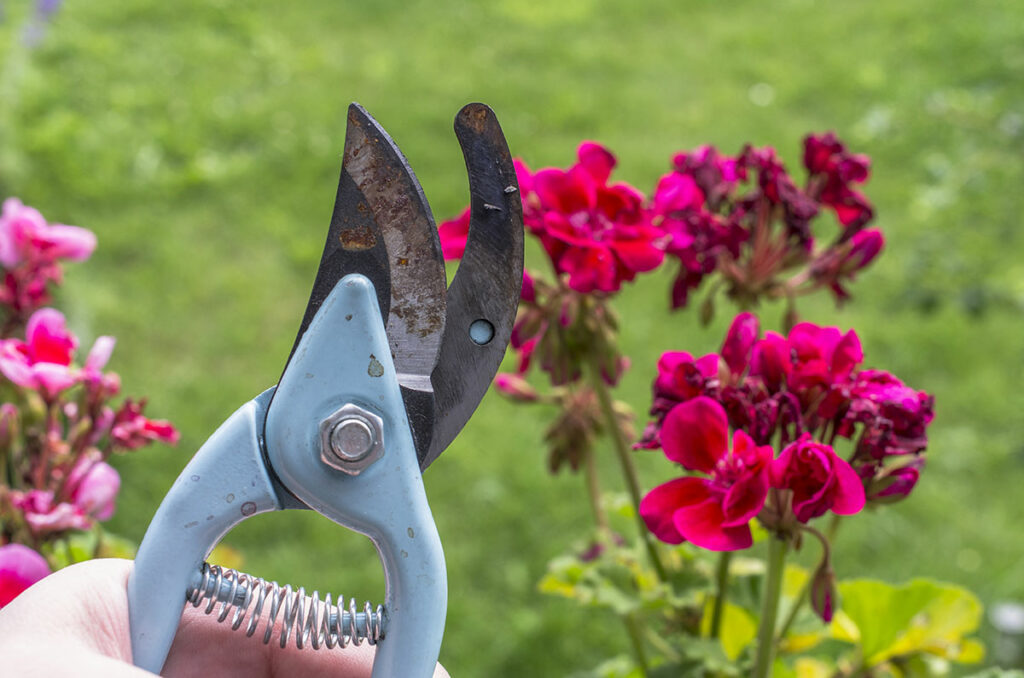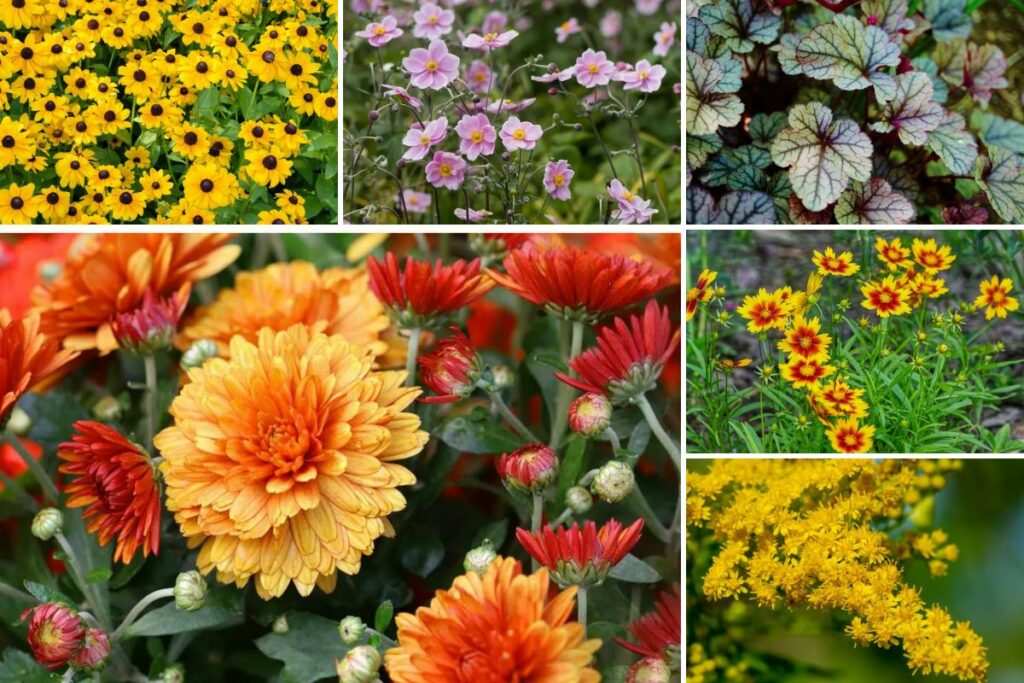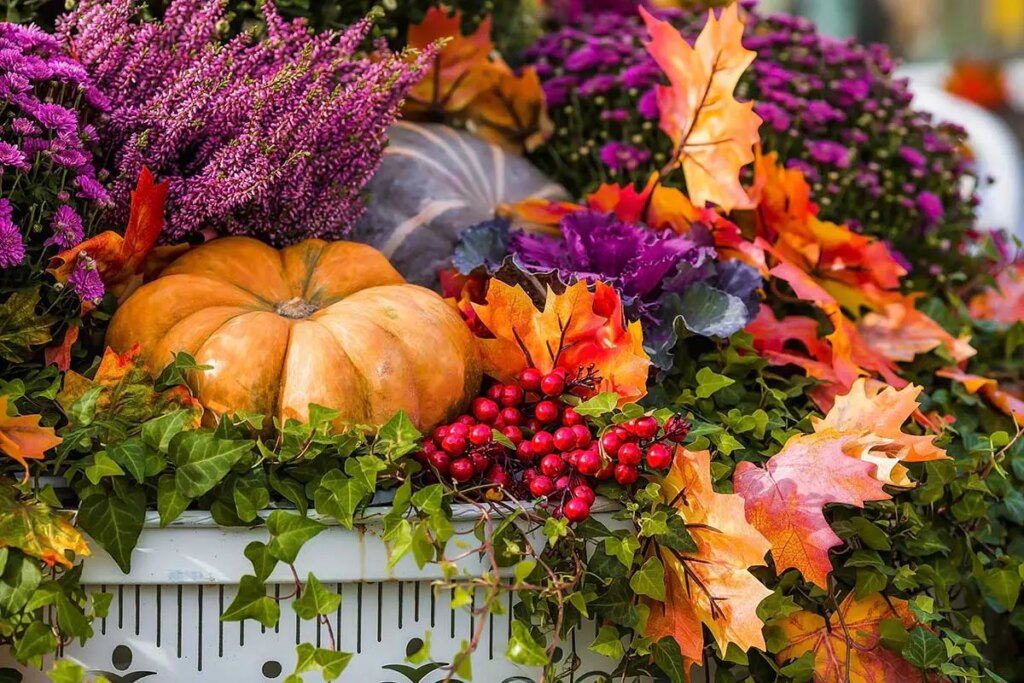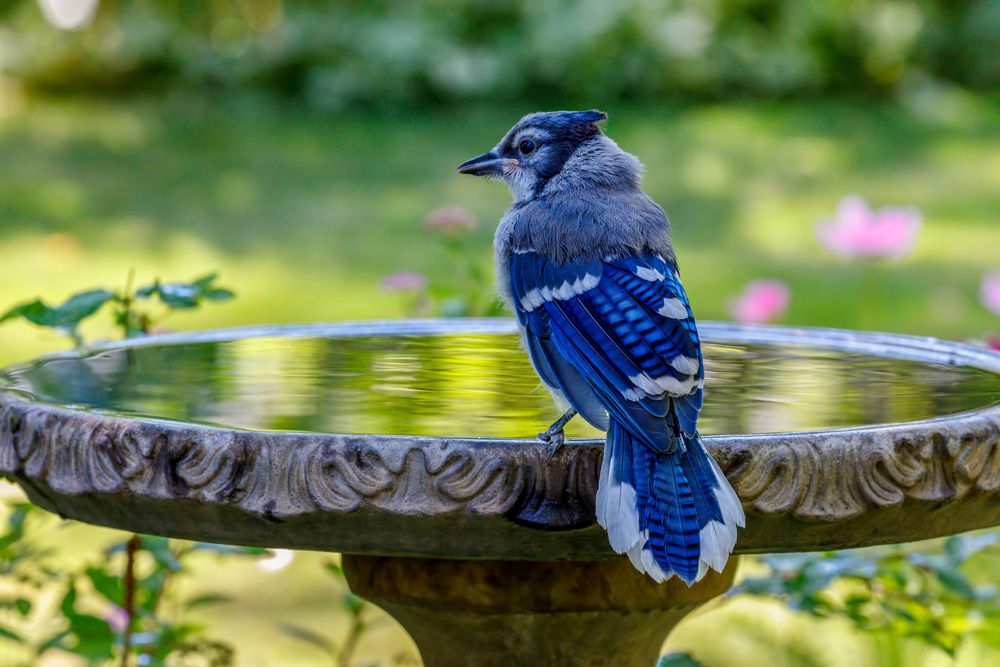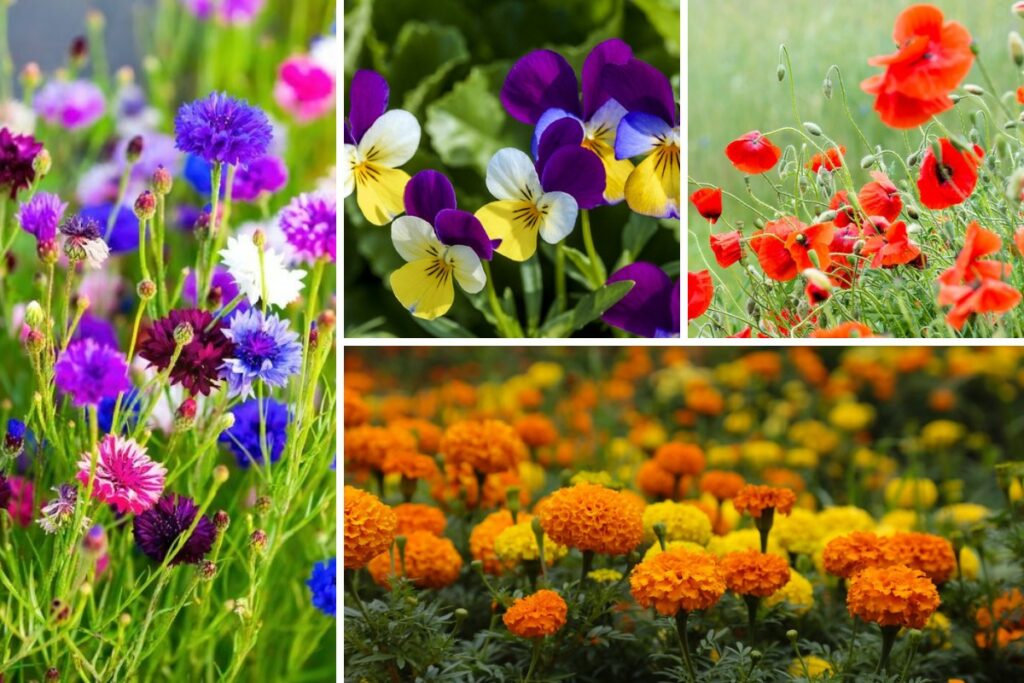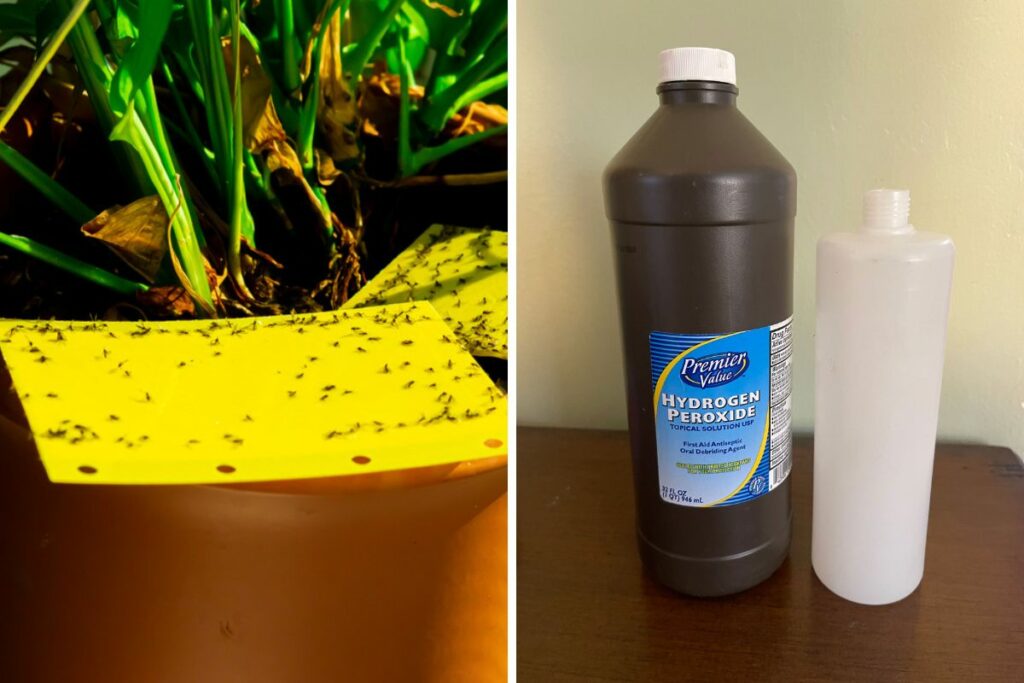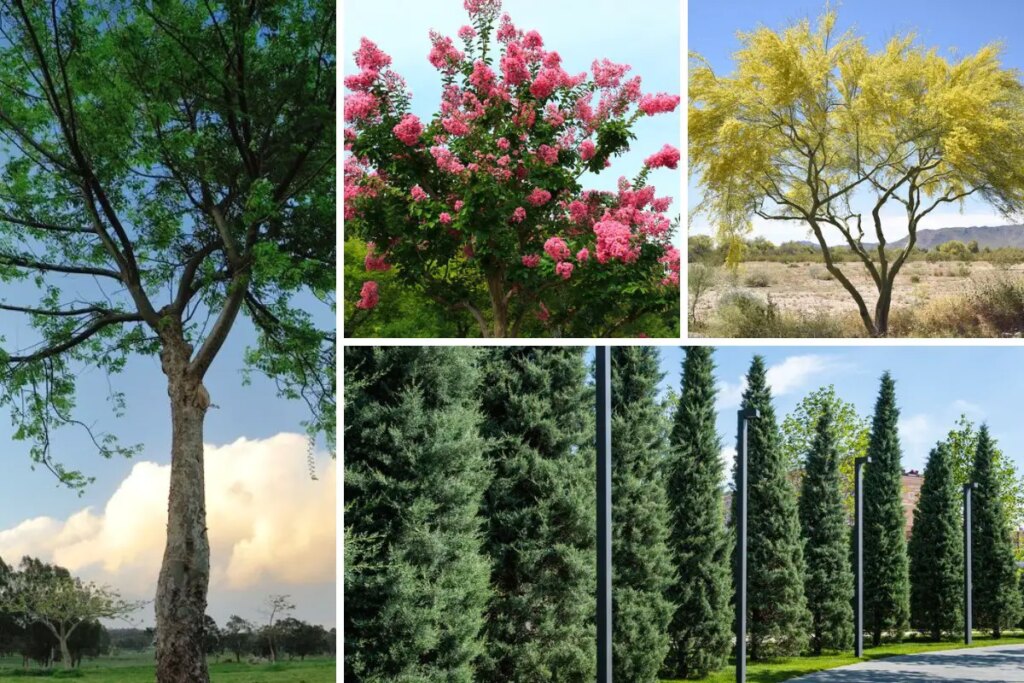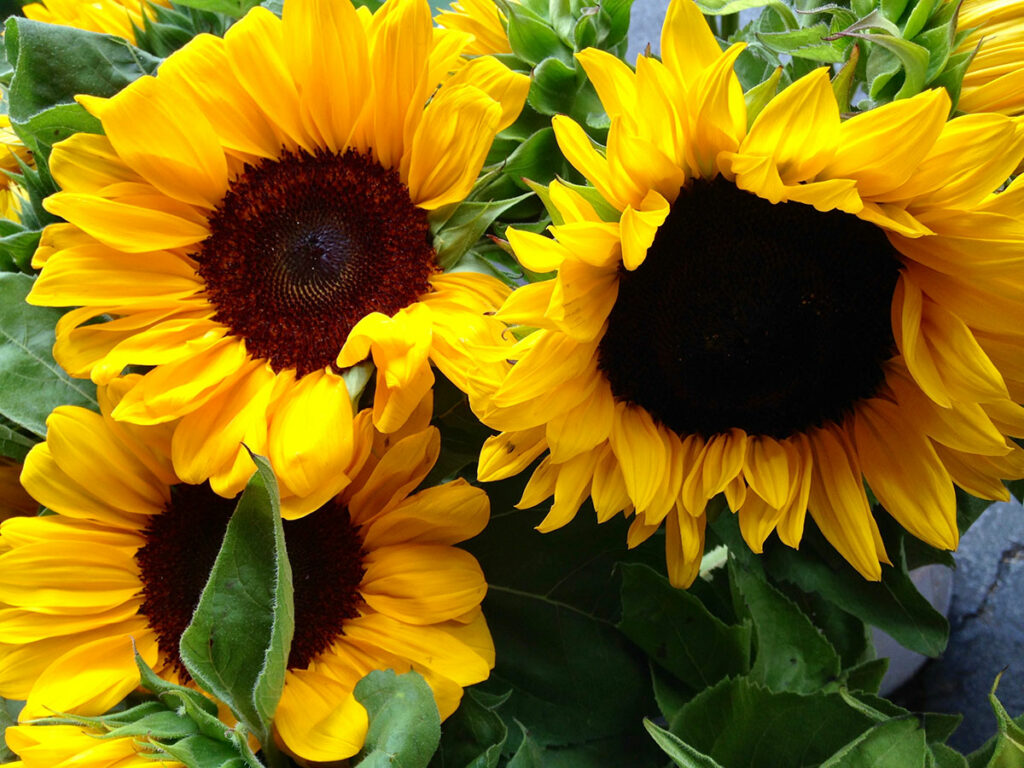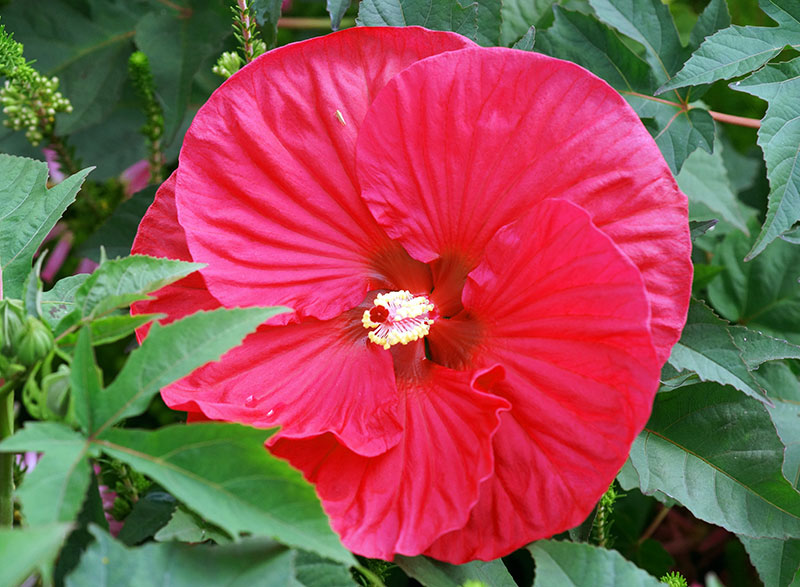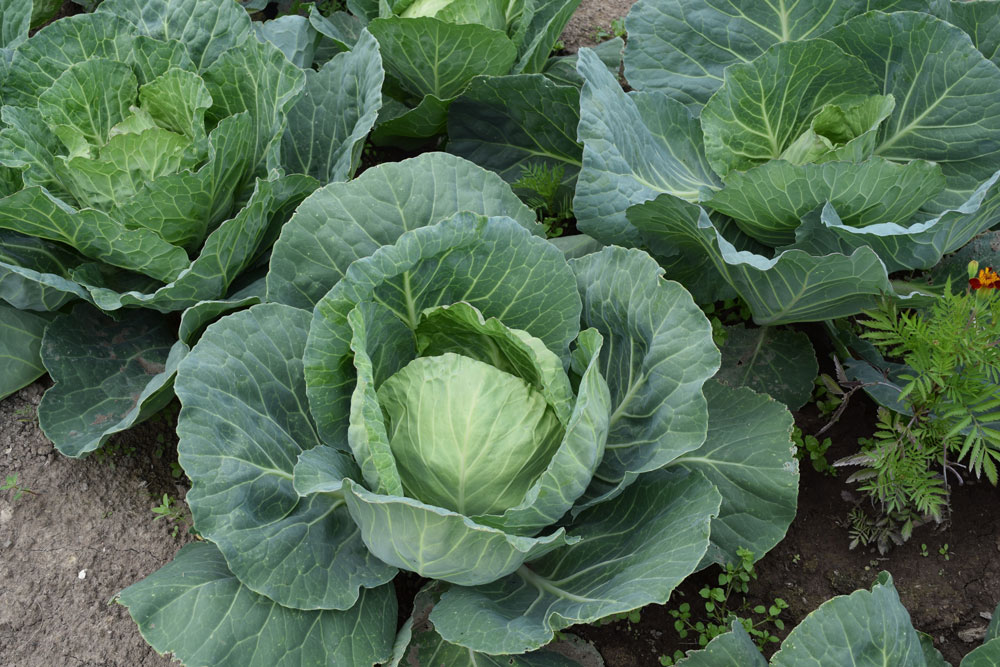
Gardening enthusiasts know that while growing tomatoes can be incredibly rewarding, it’s important to consider what other plants you place nearby. Certain plants can either support or inhibit the growth of your prized tomatoes.
Learning which plants to avoid can save you time and keep your garden thriving. This guide will help you understand the best practices for your tomato patch by pinpointing specific plants you should keep at a distance.
1. Potatoes
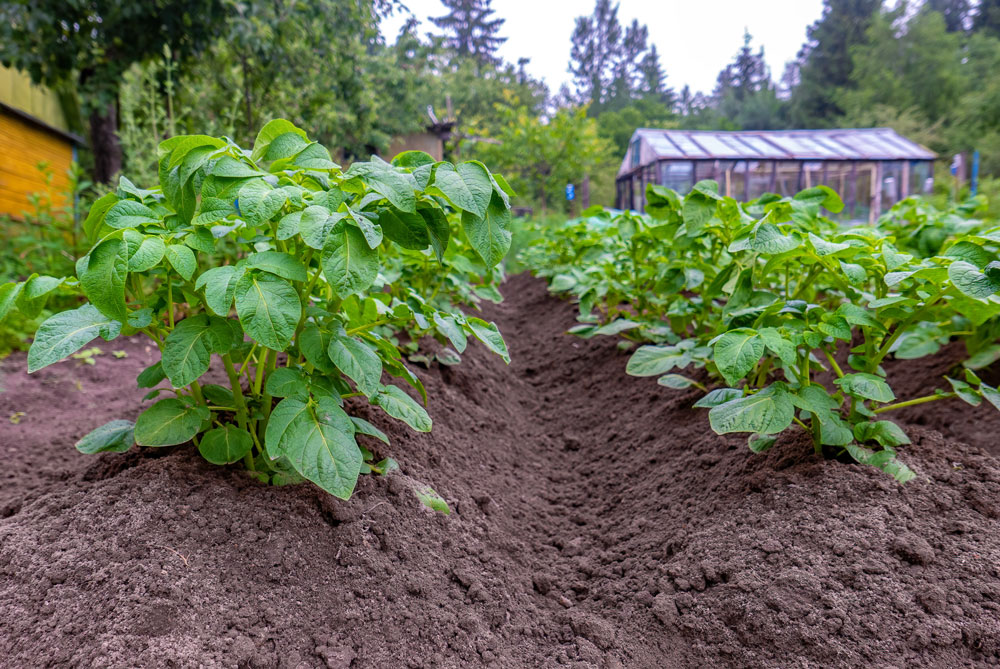
Growing potatoes next to your tomatoes is not a good idea. Both plants are in the nightshade family and can attract the same pests and diseases.
This can make your garden more susceptible to problems like blight. Keeping these plants apart helps you maintain a healthier and more productive garden.
2. Fennel
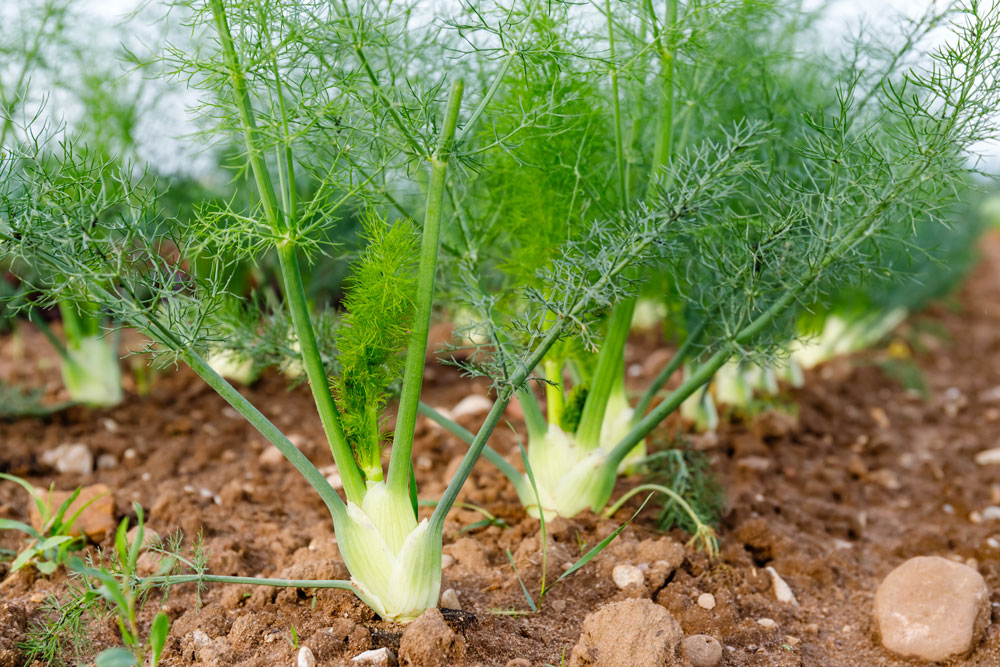
Fennel is not a good companion for tomatoes. It tends to inhibit the growth of tomatoes, leading to a less productive garden.
Fennel can release chemicals into the soil that may hinder tomato development. These chemicals can affect your tomato plants’ health and yield.
To ensure healthy tomatoes, it’s best to plant fennel elsewhere in your garden.
3. Cabbage

Cabbage and tomatoes compete for nutrients in the soil. When grown together, they can both suffer.
Cabbage releases chemicals that can inhibit the growth of your tomato plants. This can reduce their overall health and productivity.
To ensure both plants thrive, keep them away from each other in your garden.
4. Corn
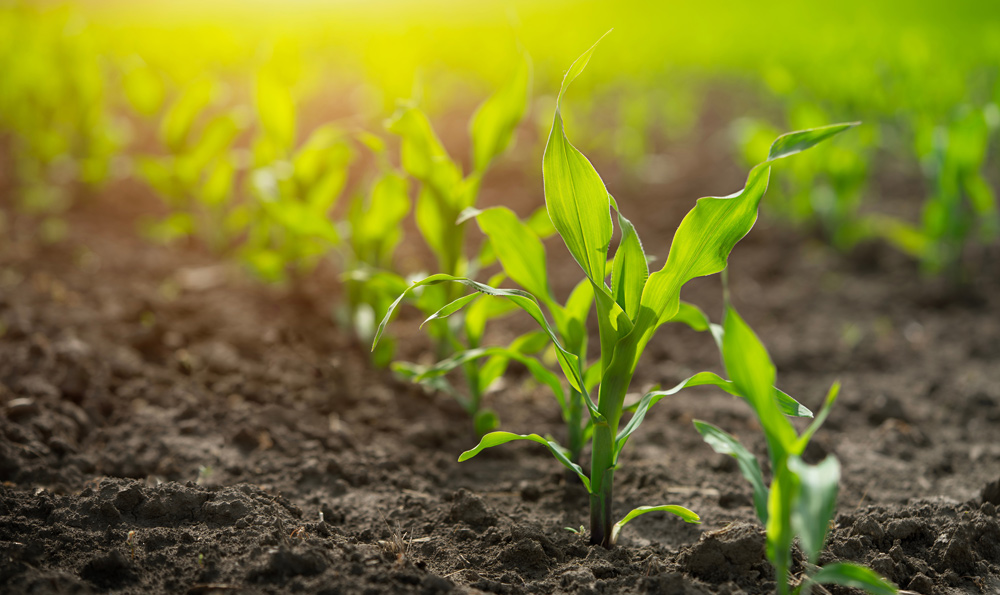
Corn and tomatoes are not the best neighbors. Both crops are tall and can compete for sunlight.
Corn attracts pests like corn earworms, which also love munching on tomato plants.
Make sure to plant these two in separate areas of your garden to keep your tomatoes healthy and thriving.
5. Eggplant
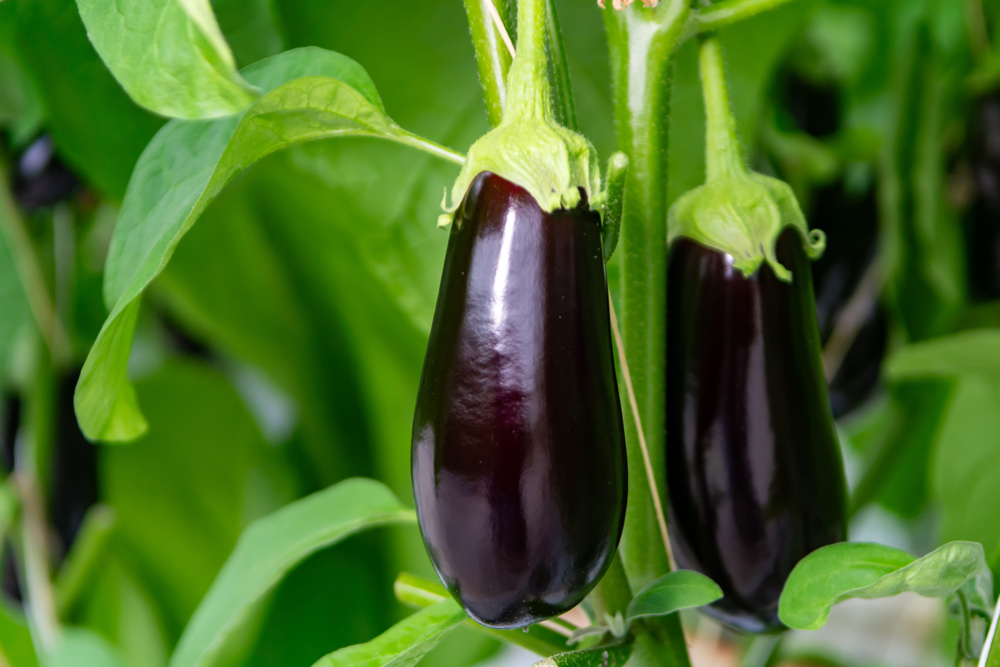
Eggplants and tomatoes belong to the same plant family, Solanaceae. Because of this, they are prone to similar pests and diseases.
If you plant them next to each other, you risk attracting more pests and increasing the spread of diseases.
To keep your garden healthy, it’s best to plant these two apart.
6. Kale
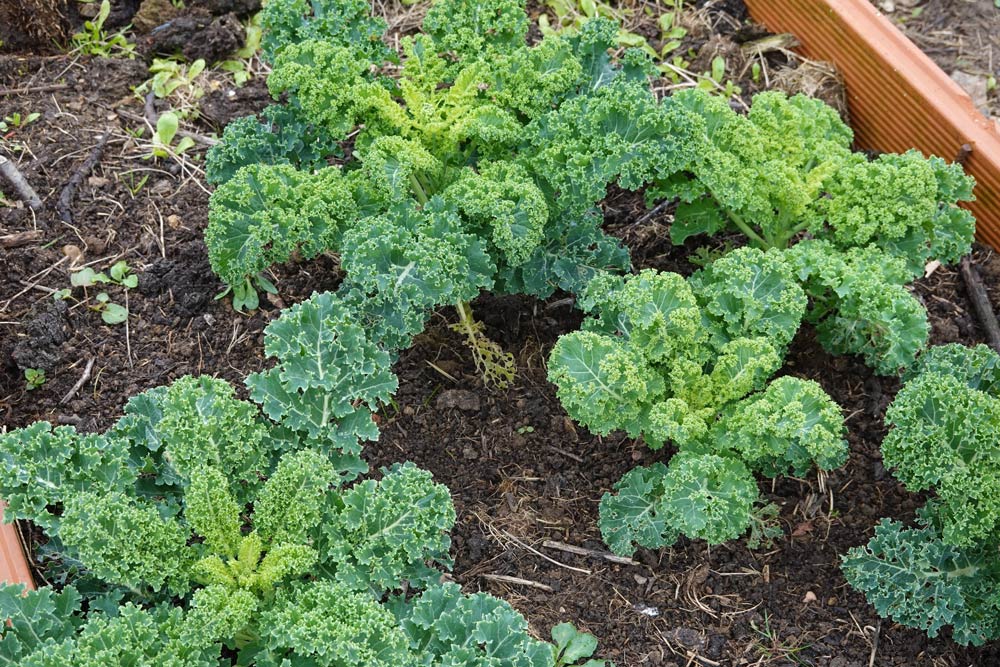
Kale and tomatoes don’t make the best neighbors in your garden. Kale can attract pests that also love tomatoes, such as aphids and flea beetles.
Growing these plants close together can make it easier for pests to jump from one plant to the other. Keeping your kale and tomatoes separate can lead to healthier plants and better yields.
7. Broccoli
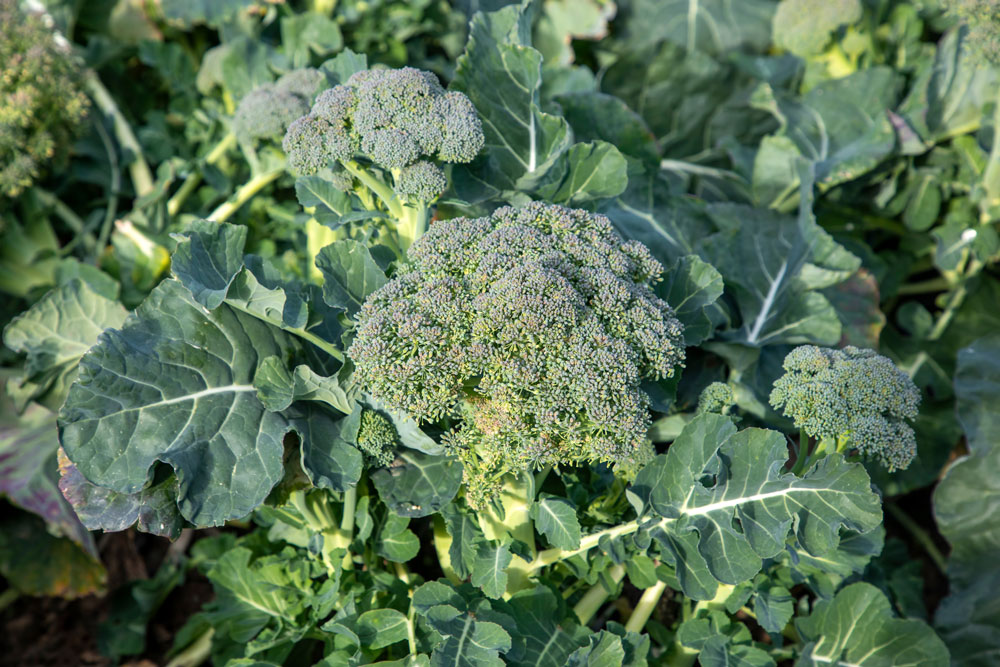
Broccoli competes with tomatoes for nutrients and water. This can stunt the growth of both plants.
Broccoli prefers cooler temperatures, while tomatoes thrive in warmth. Growing them together can create an unfavorable environment for each plant.
Plus, broccoli can attract pests that might harm your tomatoes. For a healthier garden, keep these plants separate.
8. Cauliflower
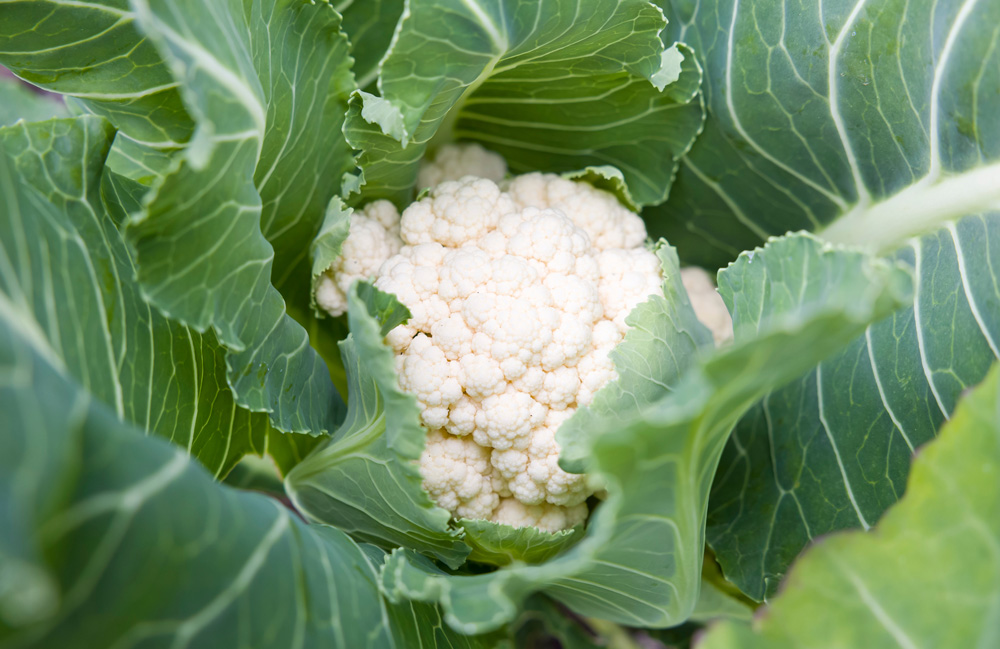
Cauliflower and tomatoes are not the best neighbors in your garden. They both need similar nutrients, which means they’ll compete for the same resources.
Growing them close together can result in stunted growth for both plants. It’s best to give them their own space so they can thrive without competition.
9. Brussels sprouts
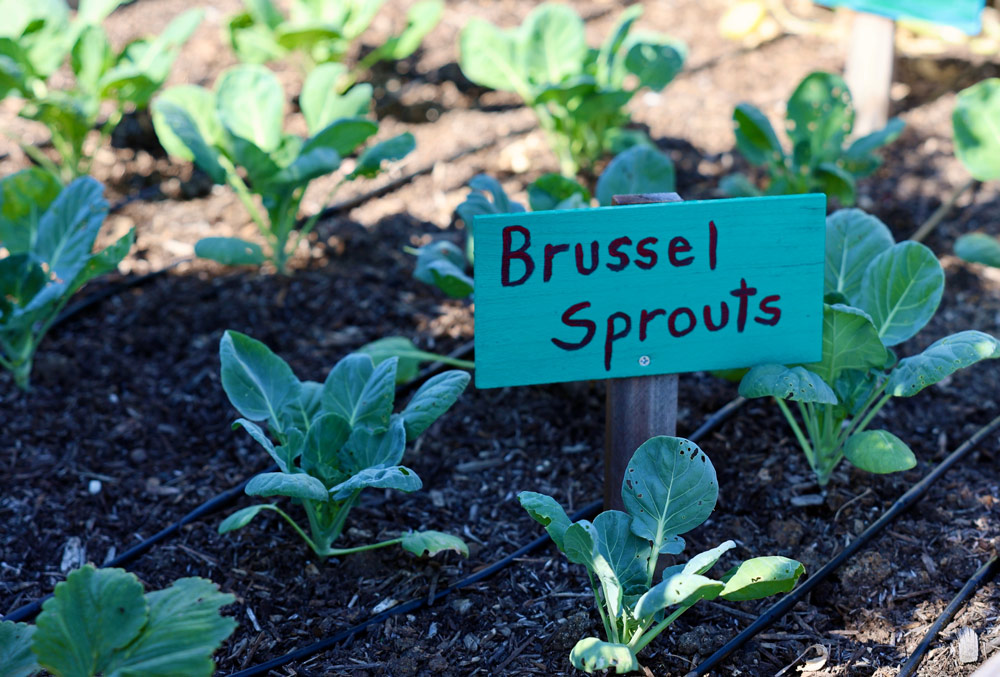
Brussels sprouts and tomatoes aren’t the best garden neighbors. They both attract similar pests, which can lead to increased infestations.
Planting them together can result in competition for nutrients and space.
For the healthiest plants, it’s best to grow them separately.
10. Carrots
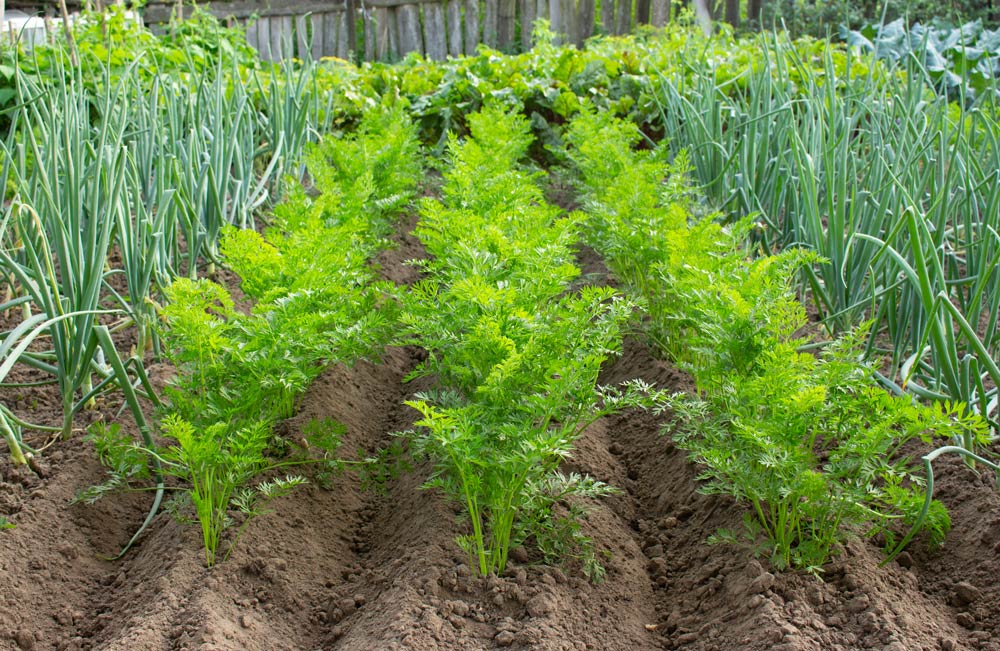
Carrots and tomatoes can compete for nutrients in the soil. This competition can result in stunted growth for both plants.
Roots of carrots can sometimes disrupt the root systems of nearby tomato plants. This can cause stress to your tomatoes.
Carrots may also attract pests like the carrot fly, which can affect your tomatoes.
11. Black Walnut tree
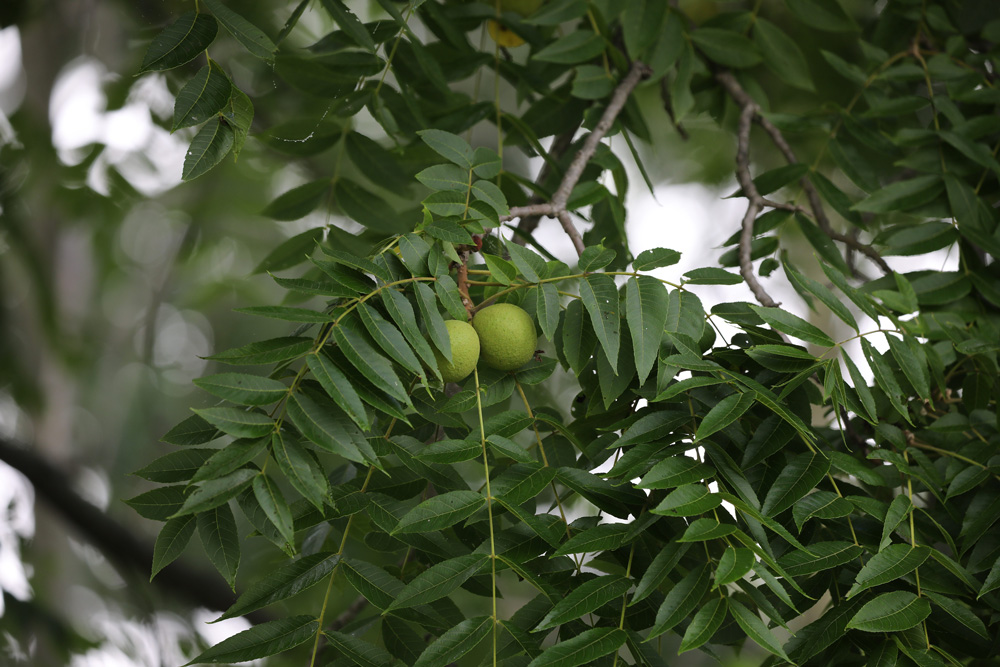
You should avoid planting tomatoes near Black Walnut trees. These trees release a chemical called juglone, which can be harmful to tomatoes.
Your tomato plants may struggle to grow if they are too close to a Black Walnut tree. To keep your garden thriving, it’s best to plant your tomatoes far away from these trees.
Understanding Tomato Plant Compatibility
Tomato plant compatibility depends on the relationships between plants. Growing the right companions can enhance growth, but the wrong ones can hinder it.
The Science Behind Plant Companions
Companion planting is based on principles of biointeraction. Allelopathy is one science term to know; it describes how some plants release chemicals that can harm or help others. For instance, marigolds have chemicals that deter pests from tomatoes. Conversely, some plants compete for nutrients, light, or water.
Plant compatibility also involves understanding root systems. Deep-rooted plants can draw nutrients from lower soil levels, helping shallow-rooted companions. This balance reduces competition and promotes healthier plants.
Additionally, pest control is a significant aspect. Some plants attract beneficial insects that prey on tomato pests. Others mask the scent of tomatoes, making it harder for pests to find them.
Common Benefits of Companion Planting
Pest management is a key benefit. As mentioned, marigolds repel harmful nematodes from tomatoes. Basil is another companion that deters flies and mosquitoes.
Nutrient support is crucial. Legumes, such as beans, fix nitrogen in the soil, helping tomatoes grow stronger. They enhance soil fertility, indirectly benefiting your tomatoes.
Companion plants can also improve flavor. Some gardeners believe that basil enhances the flavor of tomatoes when grown nearby. This intermingling creates a more productive and tasty garden.
Finally, space efficiency can’t be ignored. By pairing compatible plants, you can maximize garden space, ensuring that every inch contributes to a healthier yield.
Key Factors to Consider
Growing plants next to your tomatoes requires understanding some critical aspects that can impact both plant health and yield.
Soil Nutrient Competition
Tomatoes are heavy feeders, meaning they require a lot of nutrients to grow well. When you grow other nutrient-demanding plants nearby, it could lead to competition for essential nutrients like nitrogen, phosphorus, and potassium.
For example, corn and potatoes are known to deplete soil nutrients rapidly. This can leave your tomatoes undernourished, affecting their growth and fruit production.
Tip: Use a soil test kit to check nutrient levels regularly. Add appropriate fertilizers to maintain a balanced nutrient supply.
Water Usage and Root Space
Tomatoes need consistent watering to thrive, and they have extensive root systems. Planting species with high water needs or extensive root systems nearby can lead to competition for moisture, especially in arid climates or during dry periods.
Cucumbers, for instance, have similar water and root space requirements. This can strain the soil moisture levels, leading to drought stress for your tomatoes.
Tip: Install a drip irrigation system to ensure even watering. Mulching can also help retain soil moisture.
Pest and Disease Risks
Some plants can increase the risk of attracting pests and transmitting diseases to your tomatoes. Certain insects and fungal diseases can easily jump from one plant to another, causing widespread issues in your garden.
For example, potatoes and peppers are susceptible to blights that can also affect tomatoes. This proximity can create a breeding ground for pests and diseases.
Tip: Practice crop rotation and keep an eye out for early signs of pests and diseases. Use organic pest control methods and consider planting disease-resistant varieties.





